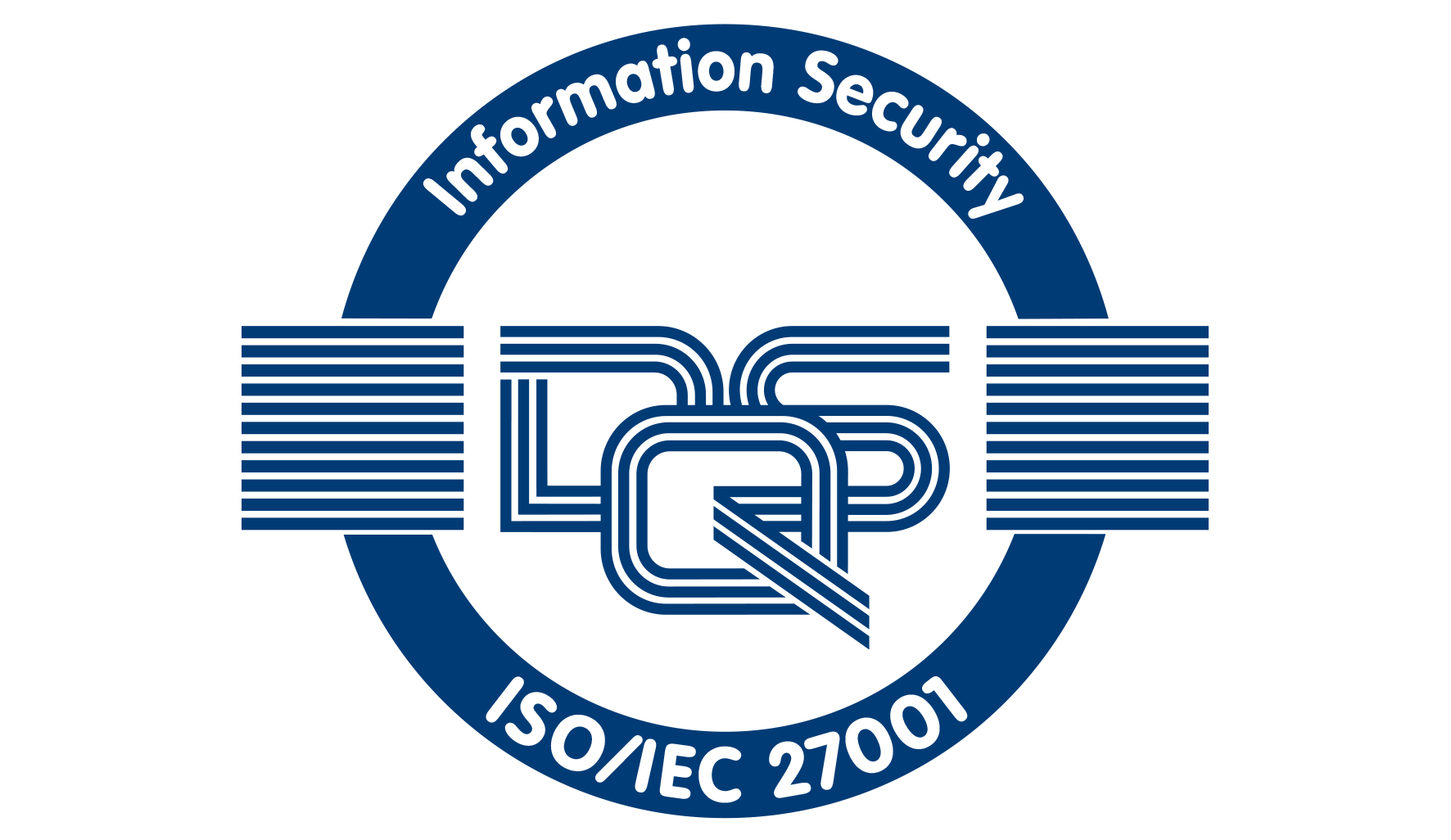
How smart migration allows you to restructure your WAN in a manner that minimizes risks and is cost-efficient
Digitalization and the increased use of cloud services demand higher bandwidths. Generally, this requires a restructuring of the company network, as the existing network is unable to keep up with the new requirements. Frequently, the WAN is migrated using the “big bang principle.” However, this comes with numerous risks. Furthermore, this may also negatively impact business operations under certain circumstances. A “smart” migration minimizes operational risks, costs, and labor.
Big bang migration
During a big bang migration, it is generally the case that all existing lines are completely replaced with new ones. Although they are equivalent—with the same bandwidths, SLAs, and the same carrier—they require new IP addresses to be assigned and set up, as well as adaptations to local IT infrastructure. This in turn results in costs and operational risks.
Furthermore, starting from a certain size, lines with different, non-harmonized contractual terms exists in all data networks, such that a migration may lead to significant duplicate or transfer costs if the restructuring of the WAN is simultaneously accompanied by a change in service provider.
Therefore, a big bang migration results in additional risks and disadvantages:
- High one-time costs for line reconfigurations
- Double line costs during parallel set-up and for residual contract periods
- High IT resource costs for migrations
- Long project times with at least two parallel providers
- Uncertainties when planning migration due to delays or unexpected problems
- Operational disruptions due to missing functions during installation
- Unknown service processes of new, local carrier and line quality
- “Frictional losses” due to transition and change in contact partners and responsibilities and/or disputes regarding responsibilities between old and new service provider
- Coordination costs and coordination of schedule with multiple parties involved in project
- High complexity of overall project
But migration can be done smartly—in a manner that minimizes risks and is cost-efficient.
Smart migration aims to minimize operational risks and reduce the amount of time required.
A smart migration makes it possible to replace lines at a commercially favorable point in time, depending on the structure of the data network. This almost completely avoids operational risks without neglecting economic aspects and quality parameters.
The targeted installation of redundancies and quality improvement measures allow the availability and performance of the overall network to be achieved.
If quality defects are identified in existing WAN lines of the previous provider, they can be prioritized in the migration process in order to more rapidly achieve the desired performance and stability.
Furthermore, a smart migration also offers additional benefits & advantages:
- Reduction in the complexity of IT infrastructure via the integration of multiple network components into a virtual platform
- Improvement in user experience thanks to the use of innovative routing algorithms
- Increased level of security via more transparency, in particular with regard to new services and applications
- Scalability and flexibility for connecting and operating additional sites and custom lines
- Additional security thanks to the encryption of all data traffic
- True redundancy via multi-carrier strategy
- Active use of all existing lines after re-conceptualization based on SD-WAN
The resulting added value is obvious.
Added value:
- Minimization of costs, labor, and operational risks
- Shorter project duration
- Flexible schedule by separating the transfer of responsibility from the migration process
- Faster achievement of cost and quality advantages
- Single partner with overall responsibility from the very beginning
Find out more about how you can migrate your WAN smartly, cost-efficiently, and with minimal risk. Get in touch with us.









